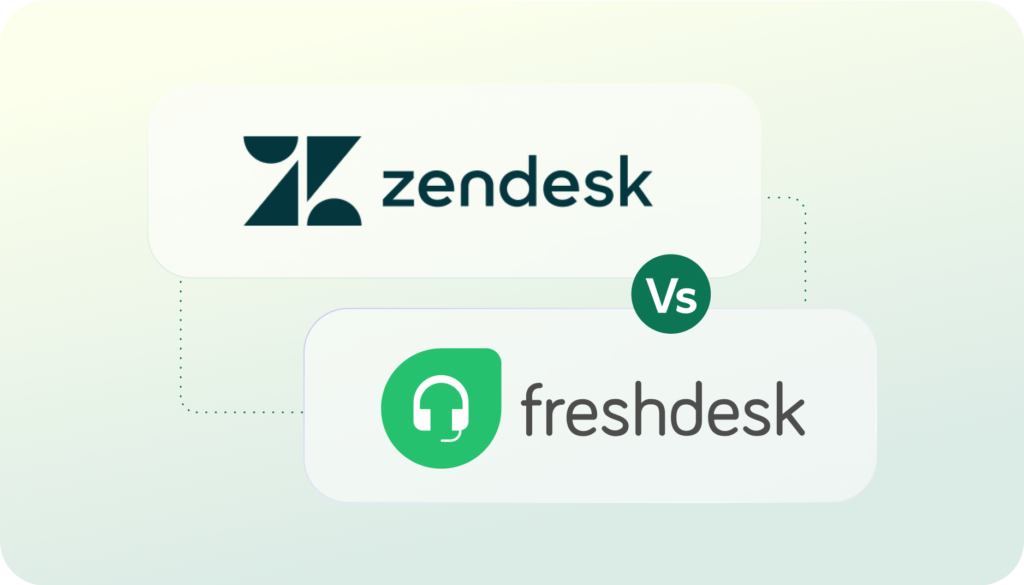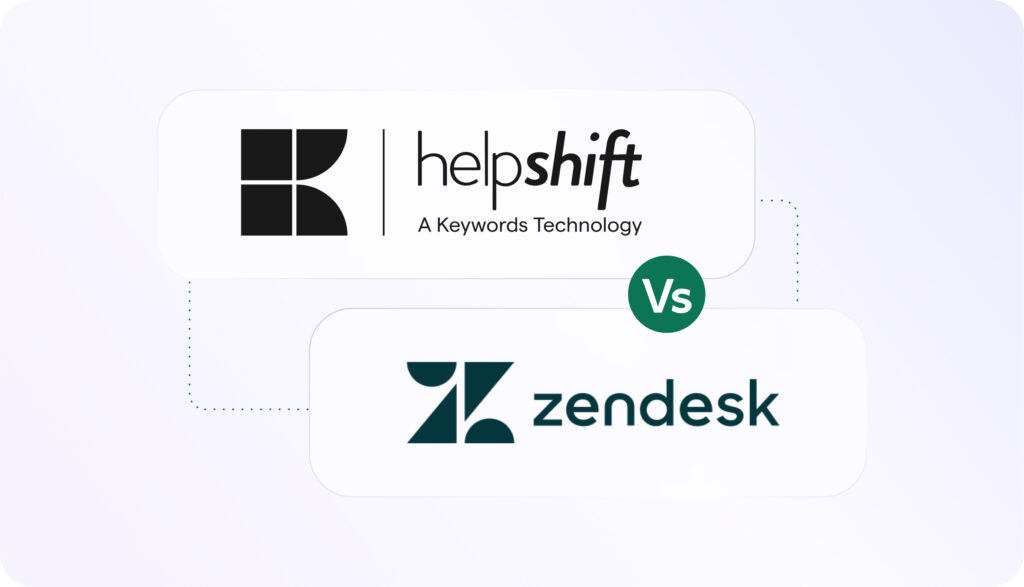Loyalty programs are a great way to build customer engagement, encourage repeat purchases, and access a treasure trove of customer data.
What is a loyalty program? It’s a way to attract new customers and maintain existing customers by offering perks and rewards for their continued business. In one form or another, loyalty programs have been around for hundreds of years, whether it’s the old-time shopkeeper giving a big customer a special rate or an airline handing out discounts to frequent flyers. Today’s loyalty programs can encompass everything from digital sales to purchases made with partnering companies.
What’s the Point of a Loyalty Program?
Chances are good that you’d make sales without a loyalty program. Why go through the extra work?
- Loyalty programs encourage repeat purchases. In turn, this increases the customer lifetime value (the amount of profit per customer over a set period of time). And because keeping current customers is cheaper than recruiting new ones, it can be more cost-effective, too.
- Loyalty programs provide lots of customer data. Think about a grocery store loyalty card. When you use it, the grocer can not only see what you buy each week, they can also see what items are bought together, when things are purchased, and what triggers a purchase (e.g. coupon, discount). Add that to demographic info (if you provided it during the signup process) and that’s a lot of information to be mined.
- Customers like loyalty programs. They add an element of fun and excitement to an otherwise routine transaction. They can also promote feelings of ‘belonging to the club’ and a sense that the company appreciates that customer’s business. Finally, they may also encourage communication between the brand and its audience; when customers feel heard and valued, they’re more likely to become brand ambassadors.
Why Are Loyalty Programs Important?
As you can see, loyalty programs have an important place in your customer retention and revenue-building strategies. But to be successful, it’s important to recognize which loyalty program type is right for your customers and for your company. It’s also important to understand how the different reward types work. If you make the right choices, you’ll see just how profitable loyalty programs can be.
How Do Loyalty Programs Work?
Most loyalty programs can be broken down into just a few categories. And many programs will have elements of more than one category; for example, you can have a spending-based program that uses gamification to motivate customers. Also, programs can use one or more kinds of incentives to keep customers’ interest.
As you’ll see, most loyalty programs combine multiple elements from both lists. That’s what makes them unique to the company and appealing to the members.
Types of Loyalty Programs
Most loyalty programs either fit into one of these categories or take elements from several categories:
- Points/spending. Whether they directly track dollars spent or award points per purchase or transaction, most retailer loyalty programs include some kind of spending element. Examples: Delta SkyMiles, Starbucks.
- Levels. This can include using points/spends to move up to different levels with better rewards. Examples: Starbucks Gold Star members, DSW.
- Subscription/membership. Although this isn’t directly a loyalty program, it functions like one: customers are more likely to spend money if they already have ‘invested’ in a monthly or yearly amount that guarantees special perks like fast shipping. Examples: Amazon Prime, Peacock streaming service (paid members get access to more shows).
- Referral. Customers who get a friend to use the service get a discount or cash back. Examples: PayPal, Vitacost.
- Gamification. Here, elements of gameplay (like earning stars, moving up levels, or unlocking more rewards) are incorporated into the loyalty program. This is most often used in combination with other program types, but it can also be used on its own. Examples: McDonald’s Monopoly sweepstakes, Starbucks (yes, again).
Loyalty Program Rewards and Incentives
Of course, the whole point of loyalty programs (from a customer’s perspective) are the perks. Some common choices include:
- Freebies. Customers are given a free gift for signing up or a choice of gifts for reaching certain milestones. Example: Hilton Honors members get points to use on in-room upgrades, free stays, and free food and beverages.
- Discounts. Customers get a percentage or dollar amount off certain items or their total bill. They may also receive special prices for various items or services. Example: World Market posts members-only deals on various wines.
- Gifts. Members receive special gifts or discounts on their birthday or the anniversary of their loyalty program membership. Example: Anthropology AnthroPerks.
- Community. Members get access to a loyalty club forum or membership site. Example: Sephora’s Beauty Insider.
- Cashback. Cash is given directly to customers, added to their account, or taken off their bill. Example: Discover credit cards.
It’s probably quite clear why some of these features and perks will work better for some businesses than others. The key point is to focus on the customer and what will appeal to them,
How Does Helpshift Support Customer Loyalty?
The best loyalty program can’t overcome poor customer service. Good customer service creates stronger relationships, which adds to customer satisfaction and loyalty. Helpshift supports customer loyalty and retention through more effective customer service (thanks to automated customer service and chatbots). Both customer service and loyalty programs provide a link to individual customers, which can encourage honest feedback and optimized decision-making.
Related Resources:
Blog: What Is Customer Engagement?
Blog: What is Customer Satisfaction?
Blog: What is a Feedback Loop?



